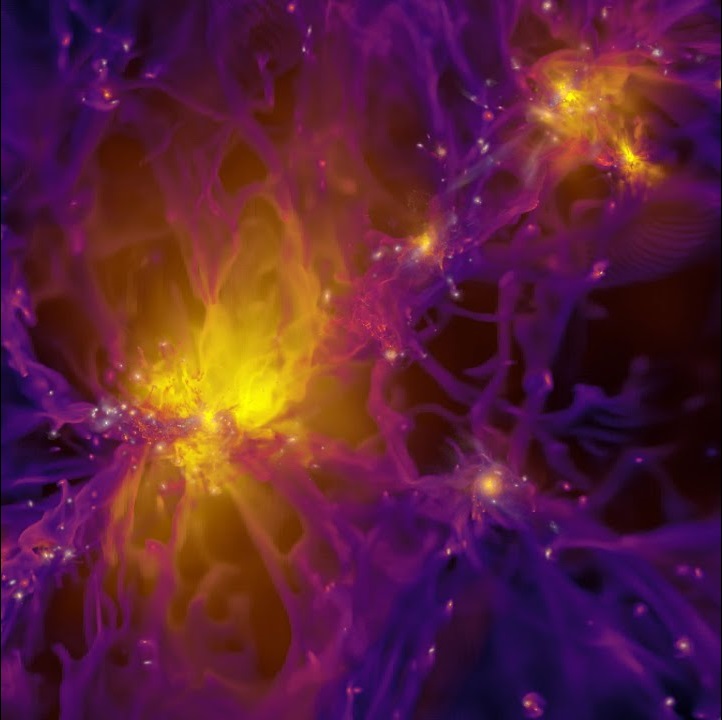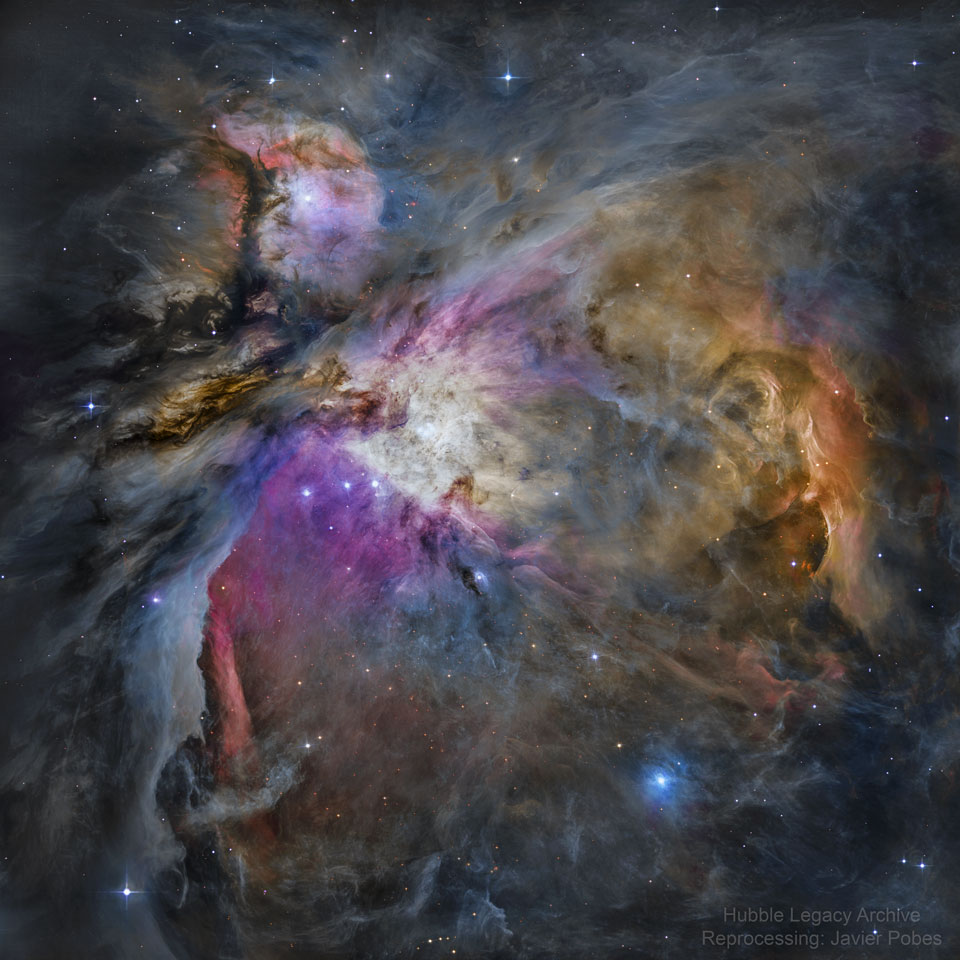Sameer Gupta (born July 1, 1976) is a Brooklyn-based jazz percussionist, tabla player, and composer. He is a co-founder of Brooklyn Raga Massive, the jazz ensemble The Supplicants and drummer for the Marc Cary Focus Trio. He has also worked with vidyA, Kosmic Renaissance, Grachan Moncur III, Victor Goines, Vincent Gardner, Sekou Sundiata, Sonny Simmons, Marcus Shelby, Calvin Keys, Richard Howell, Dayna Stephens, and Julian Lage.
The Jazz Observer called his playing kinetic, bass-heavy, and tender.
see full post...James Henry Cotton (July 1, 1935 – March 16, 2017) was an American blues harmonica player, singer and songwriter, who performed and recorded with many of the great blues artists of his time and with his own band. He played drums early in his career but is famous for his harmonica playing.
Cotton began his professional career playing the blues harp in Howlin’ Wolf‘s band in the early 1950s. He made his first recordings in Memphis for Sun Records, under the direction of Sam Phillips. In 1955, he was recruited by Muddy Waters to come to Chicago and join his band. Cotton became Waters’s bandleader and stayed with the group until 1965. In 1965 he formed the Jimmy Cotton Blues Quartet, with Otis Spann on piano, to record between gigs with the Muddy Waters band. He eventually left to form his own full-time touring group. His first full album, on Verve Records, was produced by the guitarist Mike Bloomfield and the singer and songwriter Nick Gravenites, who later were members of the band Electric Flag.
In the 1970s, Cotton played harmonica on Muddy Waters’ Grammy Award–winning 1977 album Hard Again, produced by Johnny Winter.
Cotton was born in Tunica, Mississippi. He became interested in music when he first heard Sonny Boy Williamson II on the radio. He left home with his uncle and moved to West Helena, Arkansas, finding Williamson there. For many years Cotton claimed that he told Williamson that he was an orphan and that Williamson took him in and raised him, a story he admitted in recent years is not true. However, Williamson did mentor Cotton during his early years.
see full post...Rashied Ali, born Robert Patterson (July 1, 1933 – August 12, 2009) was an American free jazz and avant-garde drummer best known for playing with John Coltrane in the last years of Coltrane’s life.
Patterson was born and raised in Philadelphia, Pennsylvania. His family was musical; his mother sang with Jimmie Lunceford. His brother, Muhammad Ali, is also a drummer, who played with Albert Ayler. Ali, his brother, and his father converted to Islam.
Starting off as a pianist he eventually took up the drums, via trumpet and trombone. He joined the United States Army and played with military bands during the Korean War. After his military service, he returned home and studied with Philly Joe Jones, then toured with Sonny Rollins.
see full post...William James Dixon (July 1, 1915 – January 29, 1992) was an American blues musician, vocalist, songwriter, arranger and record producer. He was proficient in playing both the upright bass and the guitar, and sang with a distinctive voice, but he is perhaps best known as one of the most prolific songwriters of his time. Next to Muddy Waters, Dixon is recognized as the most influential person in shaping the post–World War II sound of the Chicago blues.
Dixon’s songs have been recorded by countless musicians in many genres as well as by various ensembles in which he participated. A short list of his most famous compositions includes “Hoochie Coochie Man“, “I Just Want to Make Love to You“, “Little Red Rooster“, “My Babe“, “Spoonful“, and “You Can’t Judge a Book by the Cover“. These songs were written during the peak years of Chess Records, from 1950 to 1965, and were performed by Muddy Waters, Howlin’ Wolf, Little Walter, and Bo Diddley; they influenced a generation of musicians worldwide.
Dixon was an important link between the blues and rock and roll, working with Chuck Berry and Bo Diddley in the late 1950s. In the 1960s, his songs were adapted by numerous rock artists. He received a Grammy Award and was inducted into the Blues Hall of Fame, the Rock and Roll Hall of Fame, and the Songwriters Hall of Fame.
Dixon was born in Vicksburg, Mississippi, on July 1, 1915. He was one of fourteen children. His mother, Daisy, often rhymed things she said, a habit her son imitated. At the age of seven, young Dixon became an admirer of a band that featured pianist Little Brother Montgomery. He sang his first song at Springfield Baptist Church at the age of four.
see full post...How did the first stars form? To help find out, the SPHINX computer simulation of star formation in the very early universe was created, some results of which are shown in the featured video. Time since the Big Bang is shown in millions of years on the upper left. Even 100 million years after the Big Bang, matter was spread too uniformly across the cosmos for stars to be born. Besides background radiation, the universe was dark. Soon, slight matter clumps rich in hydrogen gas begin to coalesce into the first stars. In the time-lapse video, purple denotes gas, white denotes light, and gold shows radiation so energetic that it ionizes hydrogen, breaking it up into charged electrons and protons. The gold-colored regions also track the most massive stars that die with powerful supernovas. The inset circle highlights a central region that is becoming a galaxy. The simulation continues until the universe was about 550 million years old. To assess the accuracy of the SPHINX simulations and the assumptions that went into them, the results are not only being compared to current deep observations, but will also be compared with more direct observations of the early universe planned with NASA’s pending James Webb Space Telescope.

Stanley Clarke (born June 30, 1951) is an American bassist, film composer and founding member of Return to Forever, one of the first jazz fusion bands. Clarke gave the bass guitar a prominence it lacked in jazz-related music. He is the first jazz-fusion bassist to headline tours, sell out shows worldwide and have recordings reach gold status.
Clarke is a 5-time Grammy winner, with 15 nominations, 3 as a solo artist, 1 with the Stanley Clarke Band, and 1 with Return to Forever. A Stanley Clarke electric bass is permanently on display at the National Museum of African American History and Culture in Washington, D.C.
Clarke was born on June 30, 1951 in Philadelphia. His mother sang opera around the house, belonged to a church choir, and encouraged him to study music. He started on accordion, then tried violin. But he felt awkward holding such a small instrument in his big hands when he was twelve years old and over six feet tall. No one wanted the acoustic bass in the corner, so he picked it up. He took lessons on double bass at the Settlement Music School in Philadelphia, beginning with five years of classical music. He picked up bass guitar in his teens so that he could perform at parties and imitate the rock and pop bands that girls liked.
see full post...Andrew Hill (June 30, 1931 – April 20, 2007) was an American jazz pianist and composer.
Jazz critic John Fordham described Hill as a “uniquely gifted composer, pianist and educator” although “his status remained largely inside knowledge in the jazz world for most of his career.” Hill recorded for Blue Note Records for nearly a decade, producing a dozen albums.
Andrew Hill was born in Chicago, Illinois (not in Port-au-Prince, Haiti, nor was he born in 1937, as was reported by many earlier jazz reference books), to William and Hattie Hill. He had a brother, Robert, who was a singer and classical violin player. Hill took up the piano at the age of thirteen, and was encouraged by Earl Hines. As a child, he attended the University of Chicago Experimental School. He was referred by jazz composer Bill Russoto Paul Hindemith, with whom he studied informally until 1952.
see full post...Lena Mary Calhoun Horne (June 30, 1917 – May 9, 2010 NY NY) was an American dancer, actress, Grammy-winning singer, and civil rights activist. Horne’s career spanned over 70 years, appearing in film, television, and theater. Horne joined the chorus of the Cotton Club at the age of 16 and became a nightclub performer before moving to Hollywood.
Horne advocated for human rights and took part in the March on Washington in August 1963. Later she returned to her roots as a nightclub performer and continued to work on television, while releasing well-received record albums. She announced her retirement in March 1980, but the next year starred in a one-woman show, Lena Horne: The Lady and Her Music, which ran for more than 300 performances on Broadway. She then toured the country in the show, earning numerous awards and accolades. Horne continued recording and performing sporadically into the 1990s, retreating from the public eye in 2000. Horne died of congestive heart failure on May 9, 2010, at the age of 92.
see full post...https://www.youtube.com/watch?v=ksymvrZ4Trk&list=PL8rvb_d1nbK_OWLc0t_sdgboukd7o-xBh&index=1
see full post...Also known as M42, the nebula’s glowing gas surrounds hot young stars at the edge of an immense interstellar molecular cloud only 1,500 light-years away. The Orion Nebula offers one of the best opportunities to study how stars are born partly because it is the nearest large star-forming region, but also because the nebula’s energetic stars have blown away obscuring gas and dust clouds that would otherwise block our view – providing an intimate look at a range of ongoing stages of starbirth and evolution. The featured image of the Orion Nebula is among the sharpest ever, constructed using data from the Hubble Space Telescope. The entire Orion Nebula spans about 40 light years and is located in the same spiral arm of our Galaxy as the Sun.

Eva Narcissus Boyd (June 29, 1943 – April 10, 2003), known by the stage name of Little Eva, was an American pop singer. Although some sources claim that her stage name was inspired by a character from the novel Uncle Tom’s Cabin, she stated in an interview that she was named after her aunt, which prompted her family to call her “Little Eva”.
Boyd was born in Belhaven, North Carolina in 1943 and had twelve siblings. At the age of fifteen she moved to the Brighton Beach section of Brooklyn, New York. As a teenager, she worked as a maid and earned extra money as a babysitter for songwriters Carole King and Gerry Goffin.
It is often claimed that Goffin and King were amused by Boyd’s particular dancing style, so they wrote “The Loco-Motion” for her and had her record it as a demo (the record was intended for Dee Dee Sharp). However, as King said in an interview with NPR and in her “One to One” concert video, they knew she could sing when they met her, and it would be just a matter of time before they would have her record songs they wrote, the most successful being “The Loco-Motion”. Music producer Don Kirshner of Dimension Records was impressed by the song and Boyd’s voice and had it released. The song reached No. 1 in the United States in 1962. It sold over one million copies, and was awarded a gold disc. After the success of “The Loco-Motion”, Boyd was stereotyped as a dance-craze singer and was given limited material.
see full post...Gilberto Passos Gil Moreira (born 26 June 1942), known professionally as Gilberto Gil (Brazilian Portuguese: [ʒiwˈbɛʁtu ˈʒiw]), is a Brazilian singer, guitarist, and songwriter, known for both his musical innovation and political activism. From 2003 to 2008, he served as Brazil’s Minister of Culture in the administration of President Luiz Inácio Lula da Silva. Gil’s musical style incorporates an eclectic range of influences, including rock, Brazilian genres including samba, African music, and reggae.
Gil started to play music as a child and was a teenager when he joined his first band. He began his career as a bossa nova musician and grew to write songs that reflected a focus on political awareness and social activism. He was a key figure in the Música popular brasileira and tropicália movements of the 1960s, alongside artists such as longtime collaborator Caetano Veloso. The Brazilian military regime that took power in 1964 saw both Gil and Veloso as a threat, and the two were held for nine months in 1969 before they were told to leave the country. Gil moved to London, but returned to Bahia in 1972 and continued his musical career, as well as worked as a politician and environmental advocate.
see full post...Julian Priester (born June 29, 1935) is an American jazz trombonist and occasional euphoniumist. He is sometimes credited “Julian Priester Pepo Mtoto”. He has played with Sun Ra, Max Roach, Duke Ellington, John Coltrane, and Herbie Hancock.
Priester attended Chicago’s DuSable High School, where he studied under Walter Dyett. In his teens he played with blues and R&B artists such as Muddy Waters, and Bo Diddley, and had the opportunity to jam with jazz players like saxophonist Sonny Stitt.
In the early 1950s, Priester was a member of Sun Ra‘s big band, recording several albums with the group before leaving Chicago in 1956 to tour with Lionel Hampton and he joined Dinah Washington in 1958. The following year he settled in New York and joined the group led by drummer Max Roachwho heard him playing on the Philly Joe Jones album, “Blues for Dracula” (1958). While playing in Roach’s group, Priester also recorded two albums as a leader, Keep Swingin’ and Spiritsville, both of which were recorded and released by Riverside (the latter by their Jazzland subsidiary) in 1960.
see full post...This Picture of the Week depicts the open star cluster NGC 330, which lies around 180,000 light-years away inside the Small Magellanic Cloud. The cluster — which is in the constellation Tucana (The Toucan) — contains a multitude of stars, many of which are scattered across this striking image. Pictures of the Week from the NASA/ESA Hubble Space Telescope show us something new about the Universe. This image, however, also contains clues about the inner workings of Hubble itself. The criss-cross patterns surrounding the stars in this image — known as diffraction spikes — were created when starlight interacted with the four thin vanes supporting Hubble’s secondary mirror. As star clusters form from a single primordial cloud of gas and dust, all the stars they contain are roughly the same age. This makes them useful natural laboratories for astronomers to learn how stars form and evolve. This image uses observations from Hubble’s Wide Field Camera 3, and incorporates data from two very different astronomical investigations. The first aimed to understand why stars in star clusters appear to evolve differently from stars elsewhere, a peculiarity first observed by the Hubble Space Telescope. The second aimed to determine how large stars can be before they become doomed to end their lives in cataclysmic supernova explosions. Links Video of A Scattering of Stars

Pete Candoli (born Walter Joseph Candoli; June 28, 1923 – January 11, 2008) was an American jazz trumpeter and the brother of trumpeter Conte Candoli. He played with the big bands of Woody Herman and Stan Kenton and worked in the studios of the recording and television industrie. A native of Mishawaka, Indiana, Pete Candoli was the older brother of Conte Candoli.
During the 1940s he was a member of big bands led by Sonny Dunham, Will Bradley, Ray McKinley, Tommy Dorsey, Teddy Powell, Woody Herman, Boyd Raeburn, Tex Beneke, and Jerry Gray. For his ability to hit high notes on the trumpet he was given the nickname “Superman”. While he was a member of Woody Herman’s First Herd, he sometimes wore a Superman costume during his solo. In the 1950s he belonged to the bands of Stan Kenton and Les Brown and in Los Angeles began to work as a studio musician. His studio work included recording soundtracks for the movies Bell, Book and Candle, Private Hell 36, Save the Tiger, The Man with the Golden Arm, and The Prisoner of Second Avenue and appearing with The Tonight Show Band.
see full post...